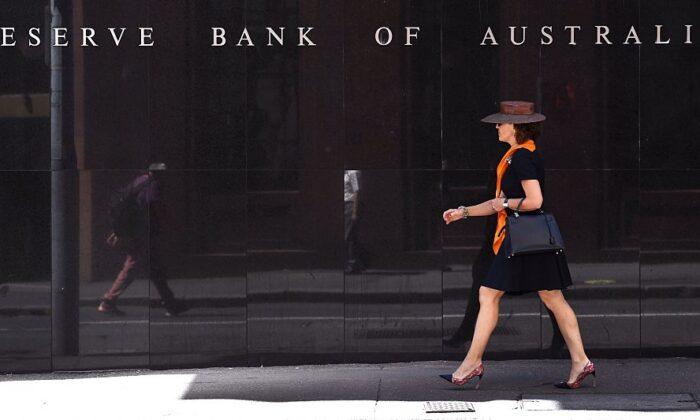The Reserve Bank’s action in cutting the cash rate and buying bonds will provide important support for the economy but has “limited scope”, Treasury boss Steven Kennedy says.
The central bank, which cut the cash rate to 0.1 percent on November 3, will explain the decision and its massive bond buying program in its quarterly statement on monetary policy to be released on November 6.
Kennedy told an Australian Business Economists forum that in “usual circumstances” action such as cutting the cash rate and buying bonds would have provided “significant support to boost the recovery”.
He noted in response to the 1990s recession, the RBA cut the cash rate target by over 1000 basis points, and by over 400 basis points in response to the Global Financial Crisis.
In March, the RBA lowered the cash rate by 50 basis points to 0.25 per cent, and announced its initial unconventional policy package.
“While the RBA’s actions will provide important additional support, the scope for these policies to provide sufficient stimulus is limited and has necessitated the large levels of fiscal support both at the onset of the pandemic and in the budget,” Kennedy said on Thursday.
Since the start of the pandemic the Morrison government has provided $257 billion in direct economic support, or 13 percent of GDP.
Kennedy, who sits on the RBA board, said monetary policy would have a reduced capacity to respond to negative shocks in the future.
This raised the question about whether there was a need for “more active fiscal policy” to support the economy, he said.
However, such a shift would need to be “anchored” in a continued commitment to sound public finances, including a tax to GDP cap, balanced budgets and reducing debt.
On Tuesday, RBA governor Philip Lowe said the combination of the RBA’s bond purchases and lower interest rates would improve financing costs for borrowers and contribute to a lower exchange rate.
Lowe believes the economic recovery from recession is under way and the September quarter national accounts will show a positive economic growth result, ending two quarters of contraction.
The RBA’s expects growth will be around six percent over the year to June 2021, having previously forecast a smaller expansion of four percent.
It still expects growth to four percent in 2022.
The unemployment rate is expected to remain high, but now peak a little below eight percent, rather than the 10 percent expected previously.
At the end of 2022, the unemployment rate is forecast to be around six percent rather than seven percent.
High unemployment will result in subdued increases in wages and prices over coming years.
Underlying inflation - which smooths out volatile price swings - is expected to remain below the RBA’s two to three percent target for a number of years, and is why Lowe does not anticipate lifting the cash rate for at least three years.





